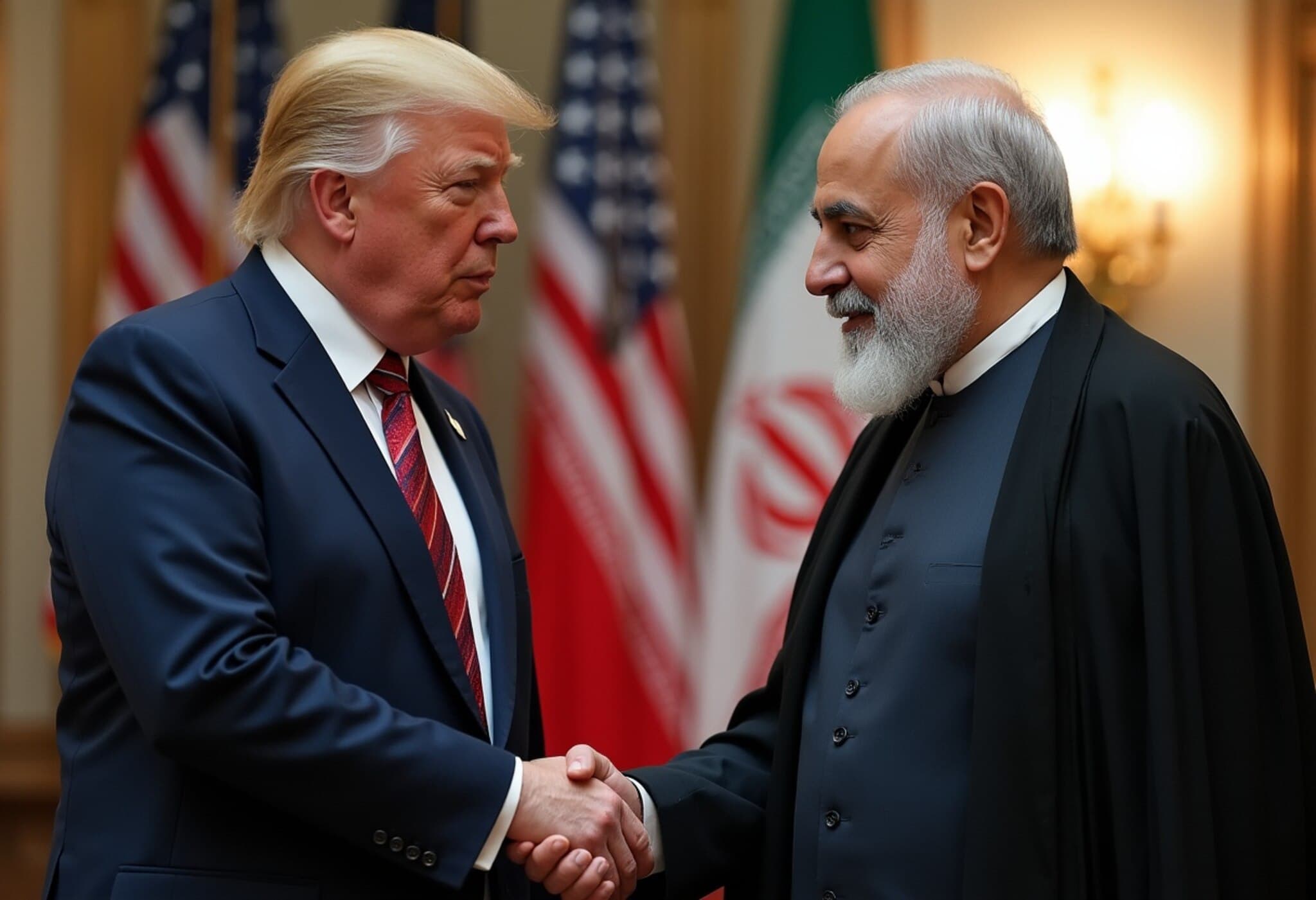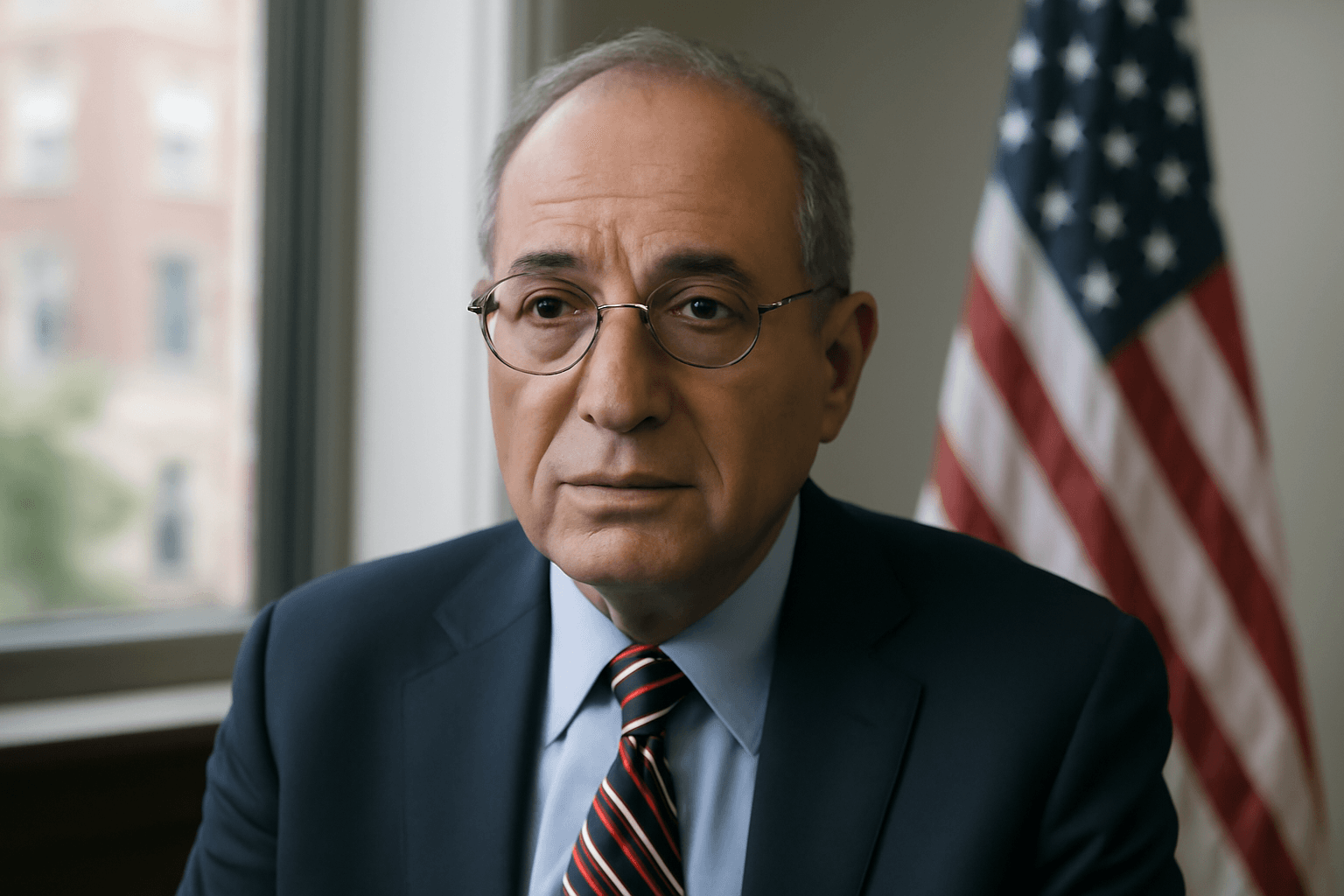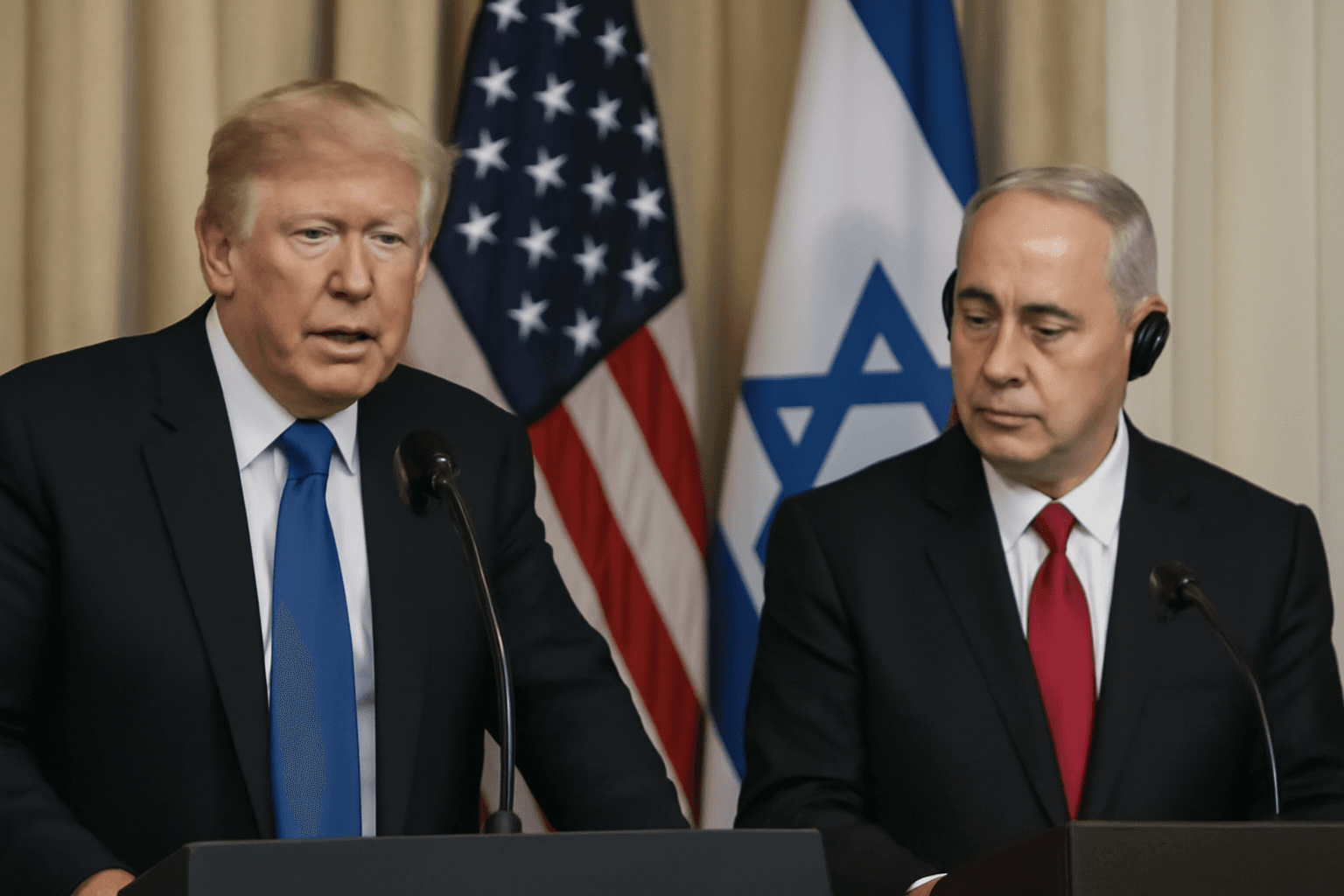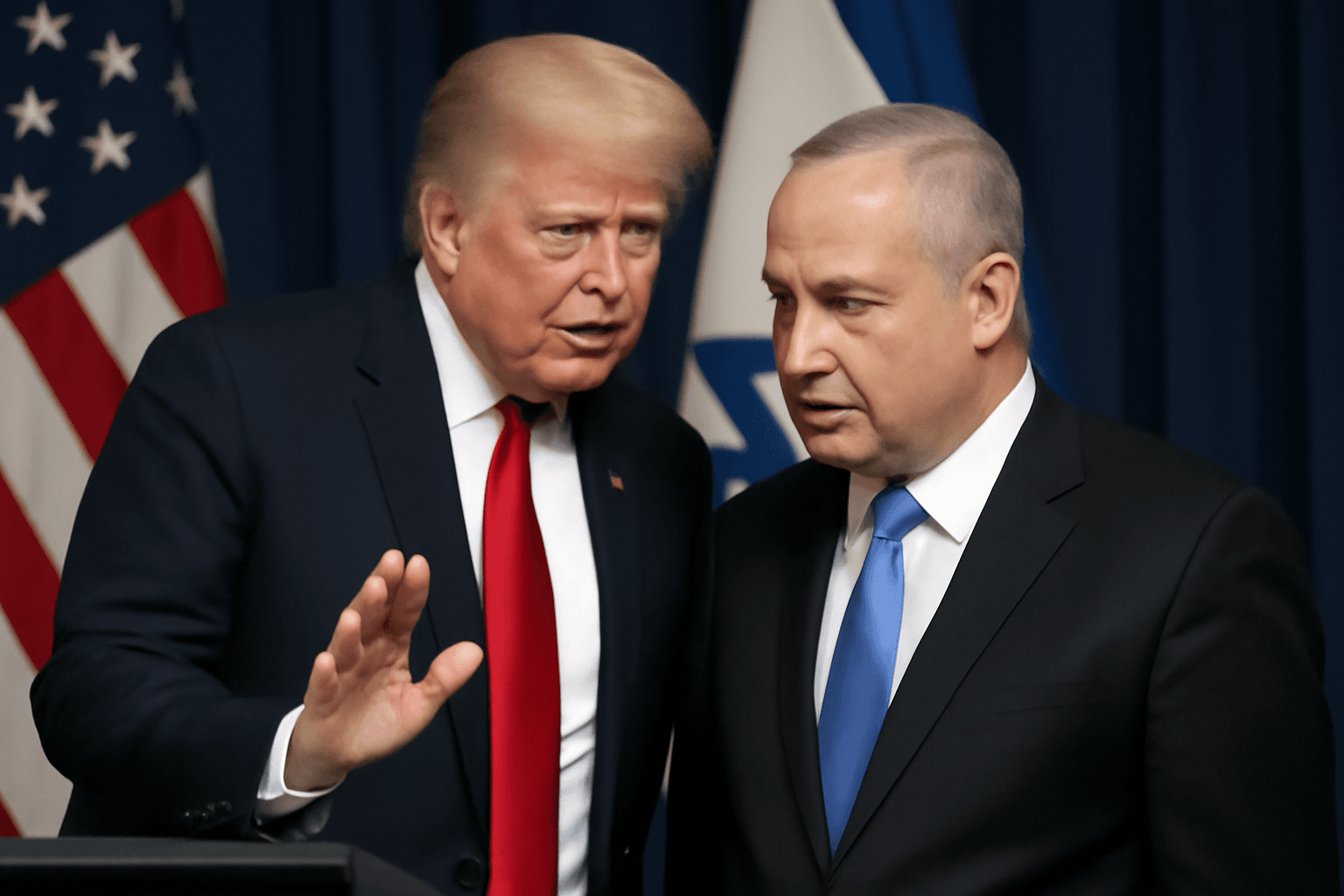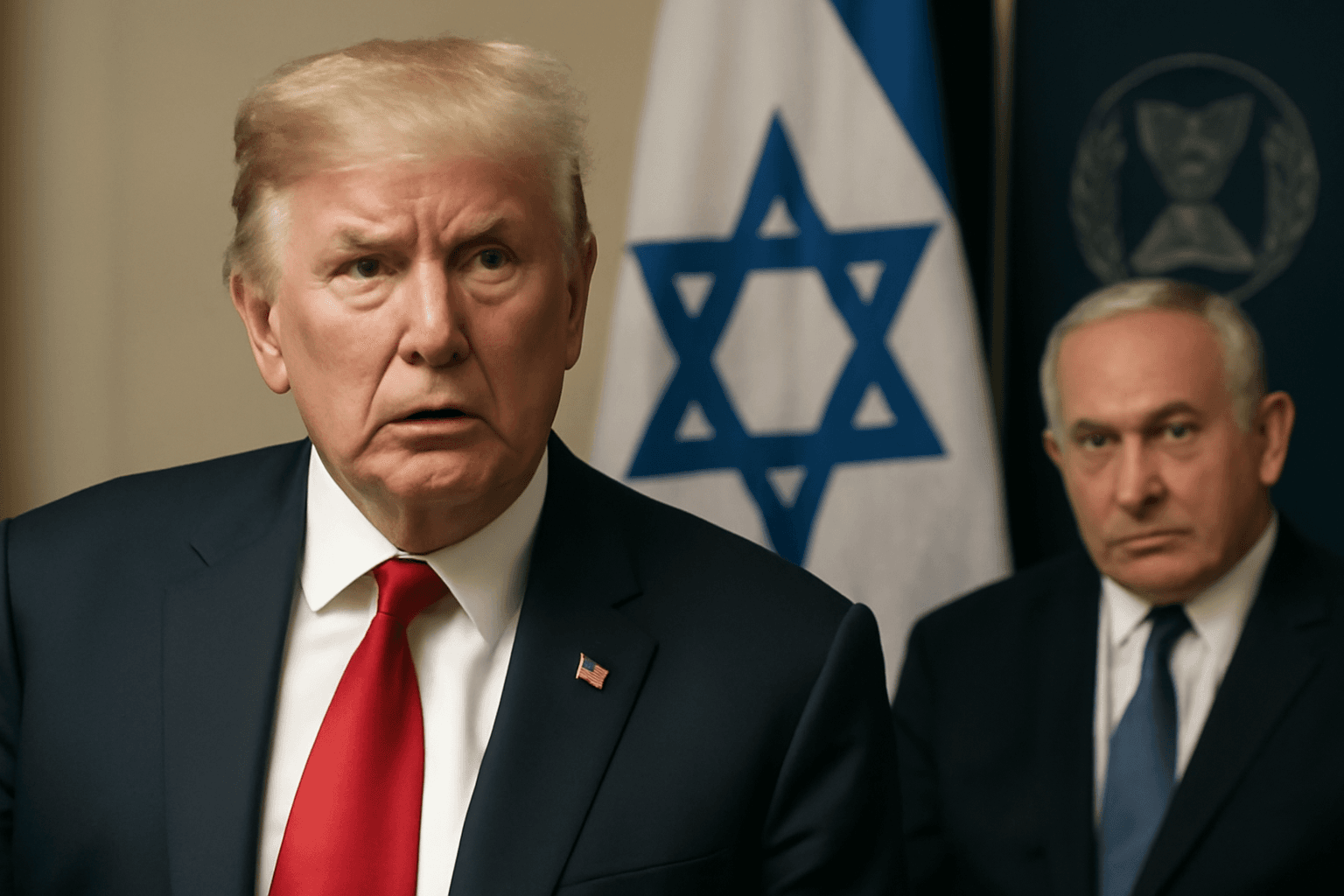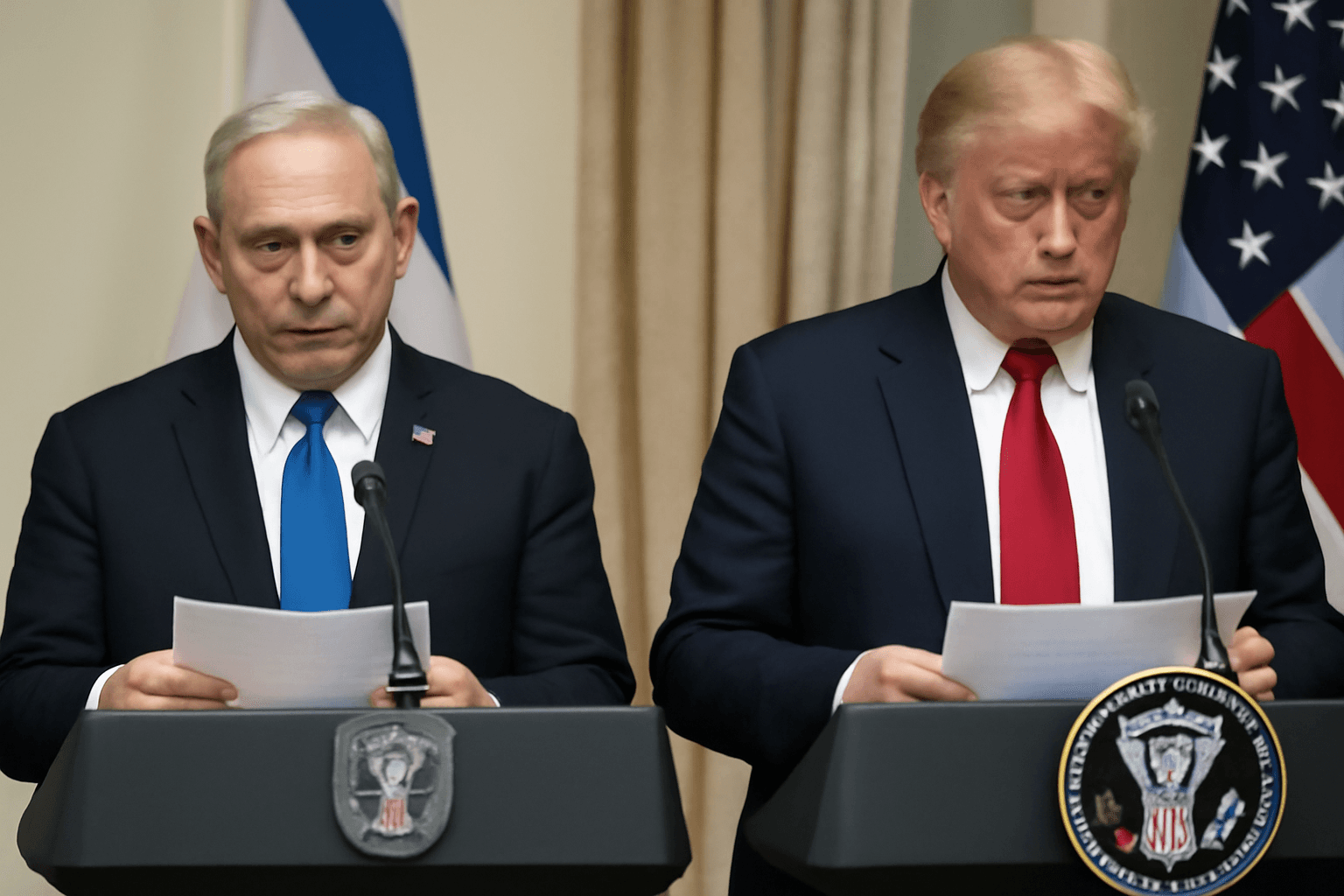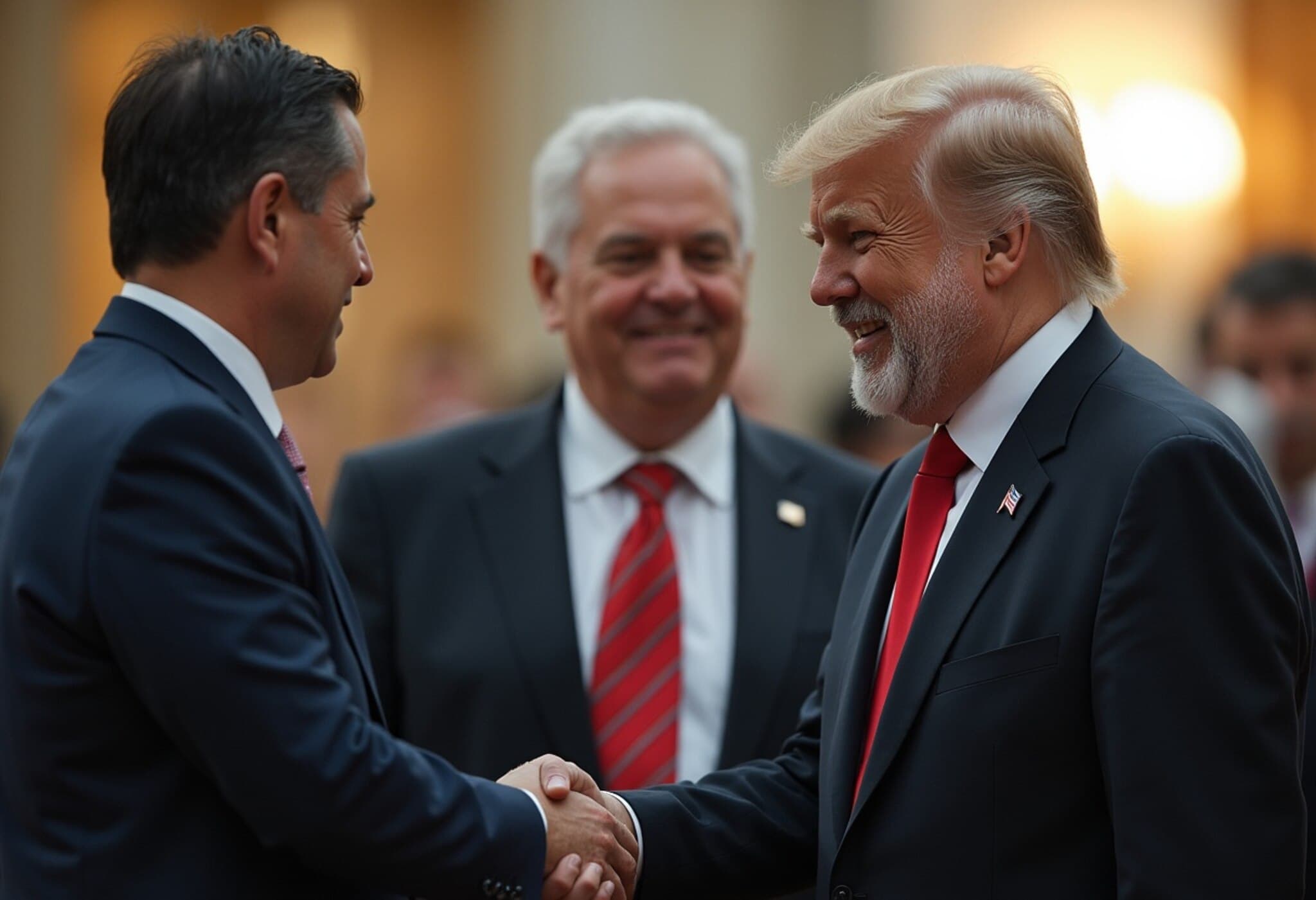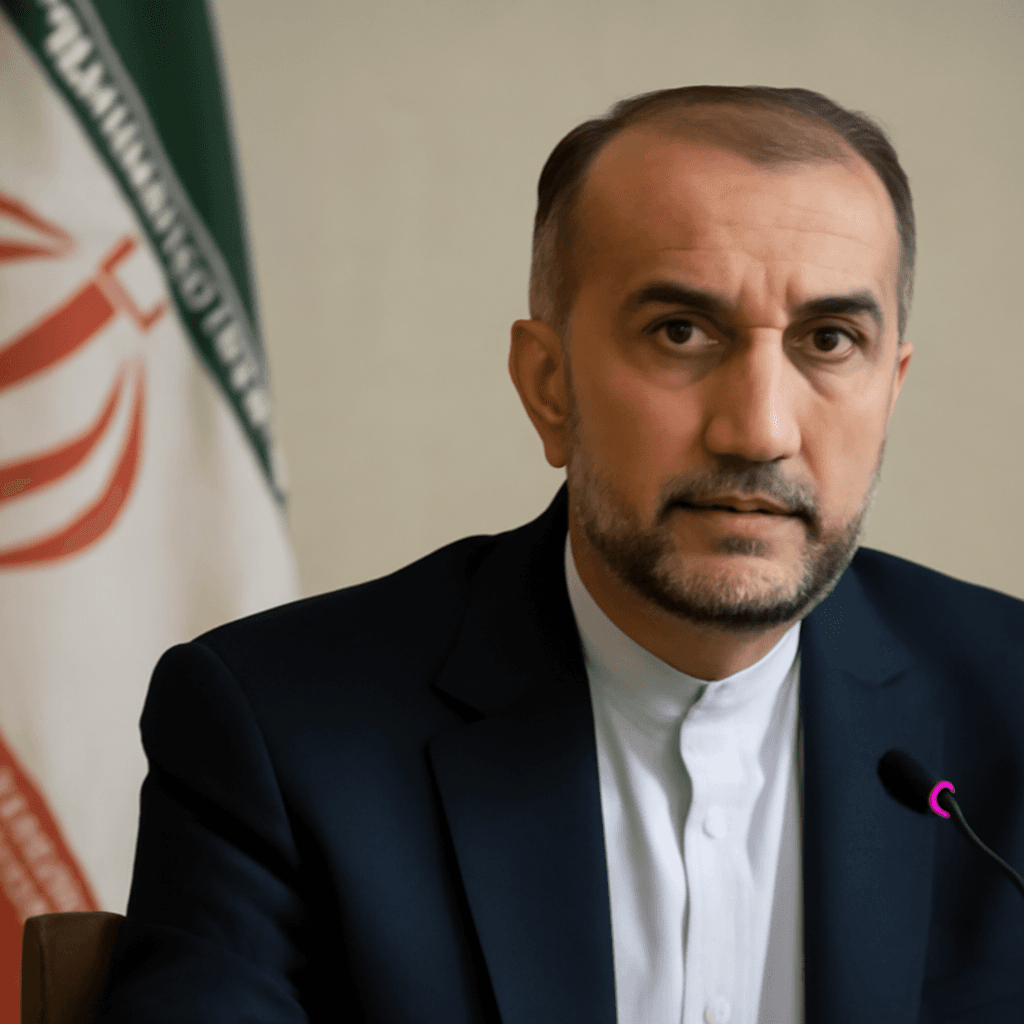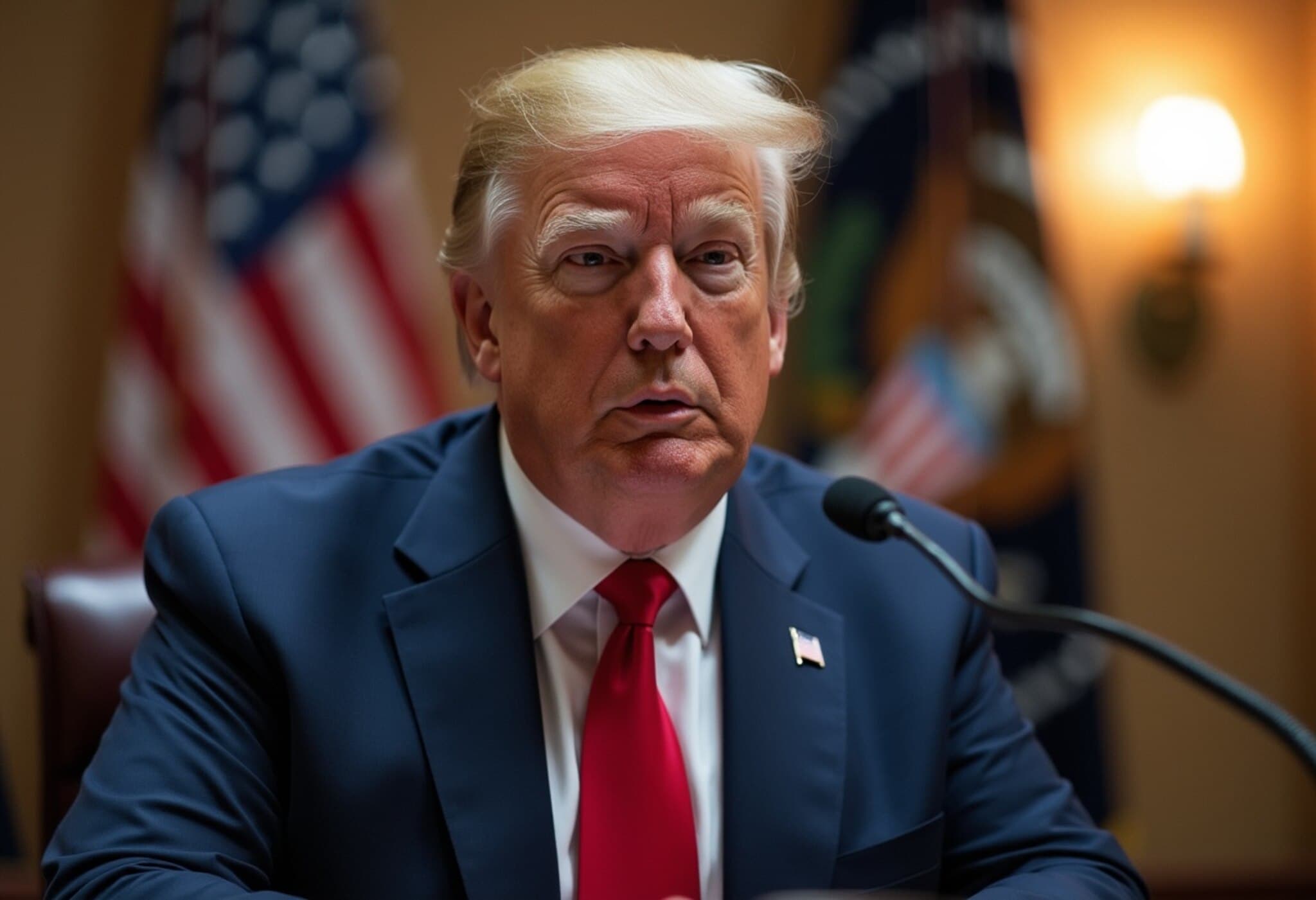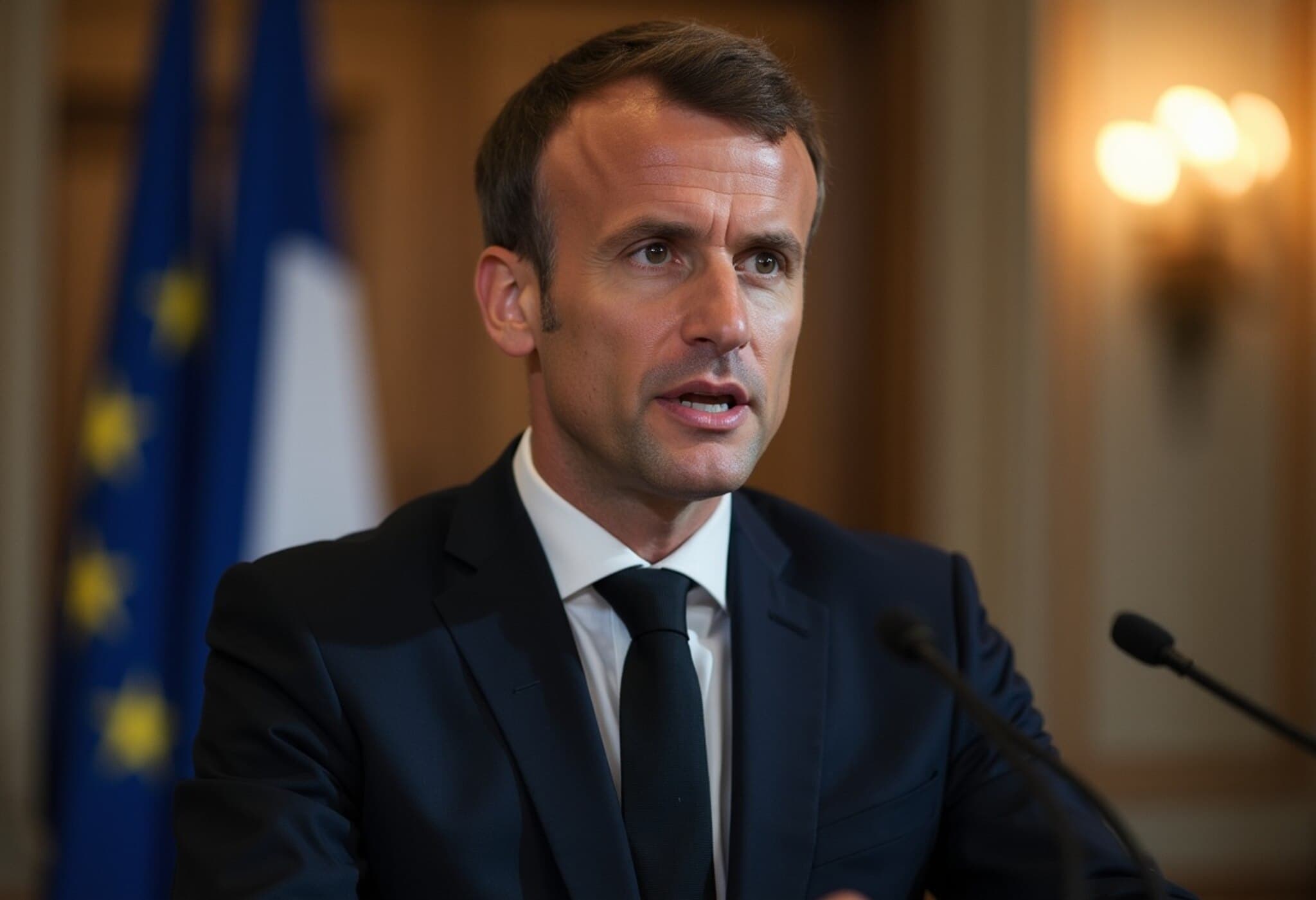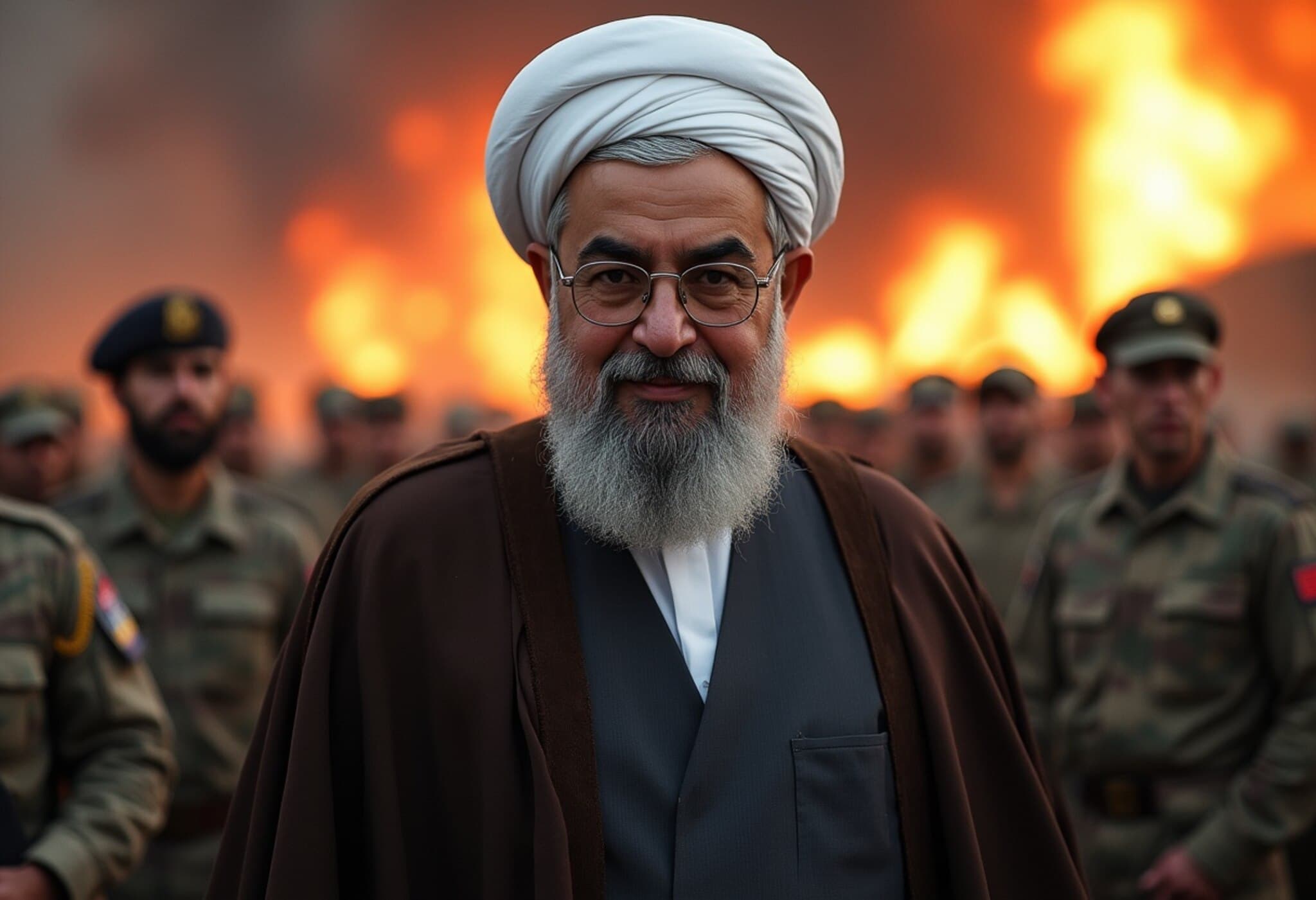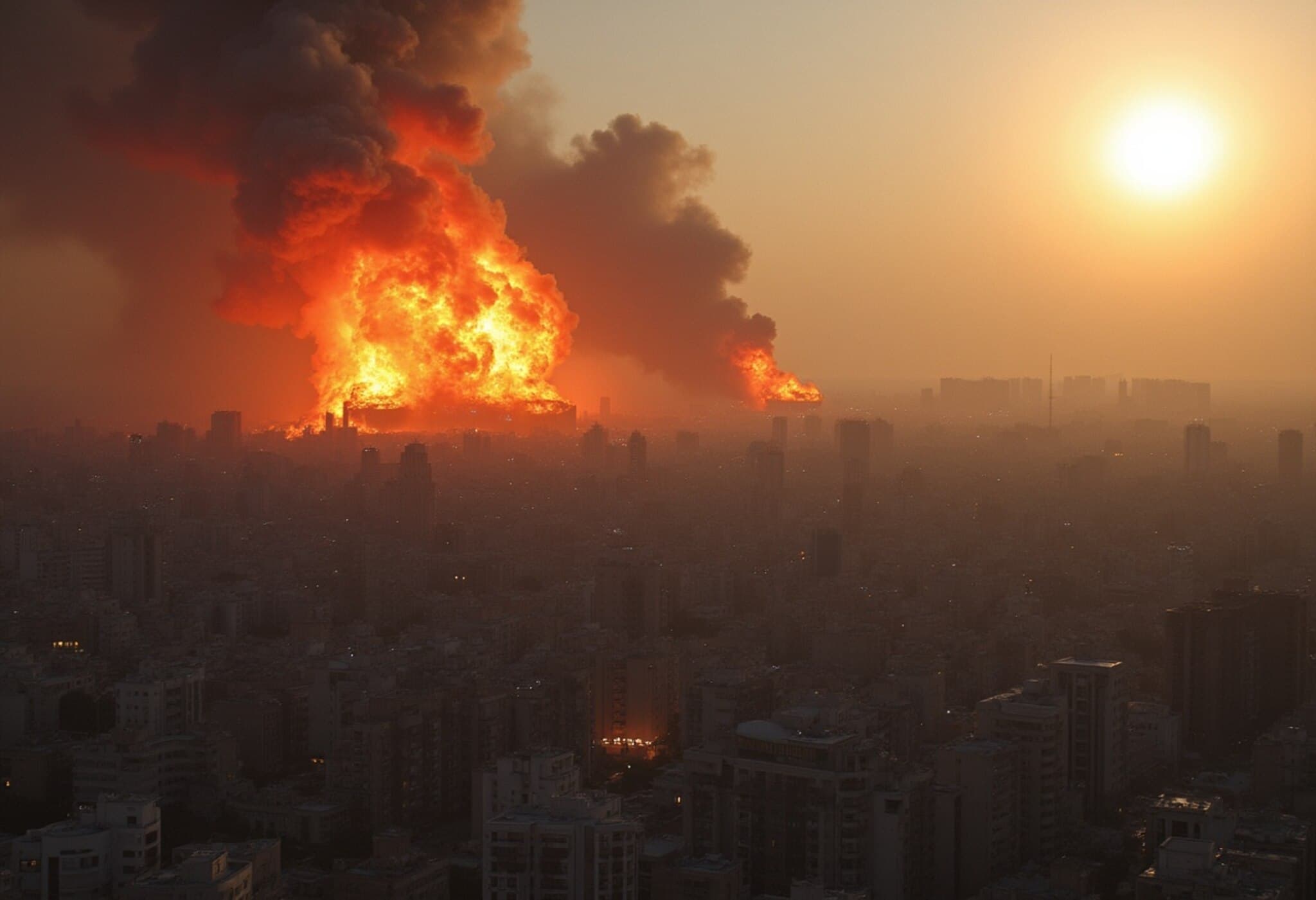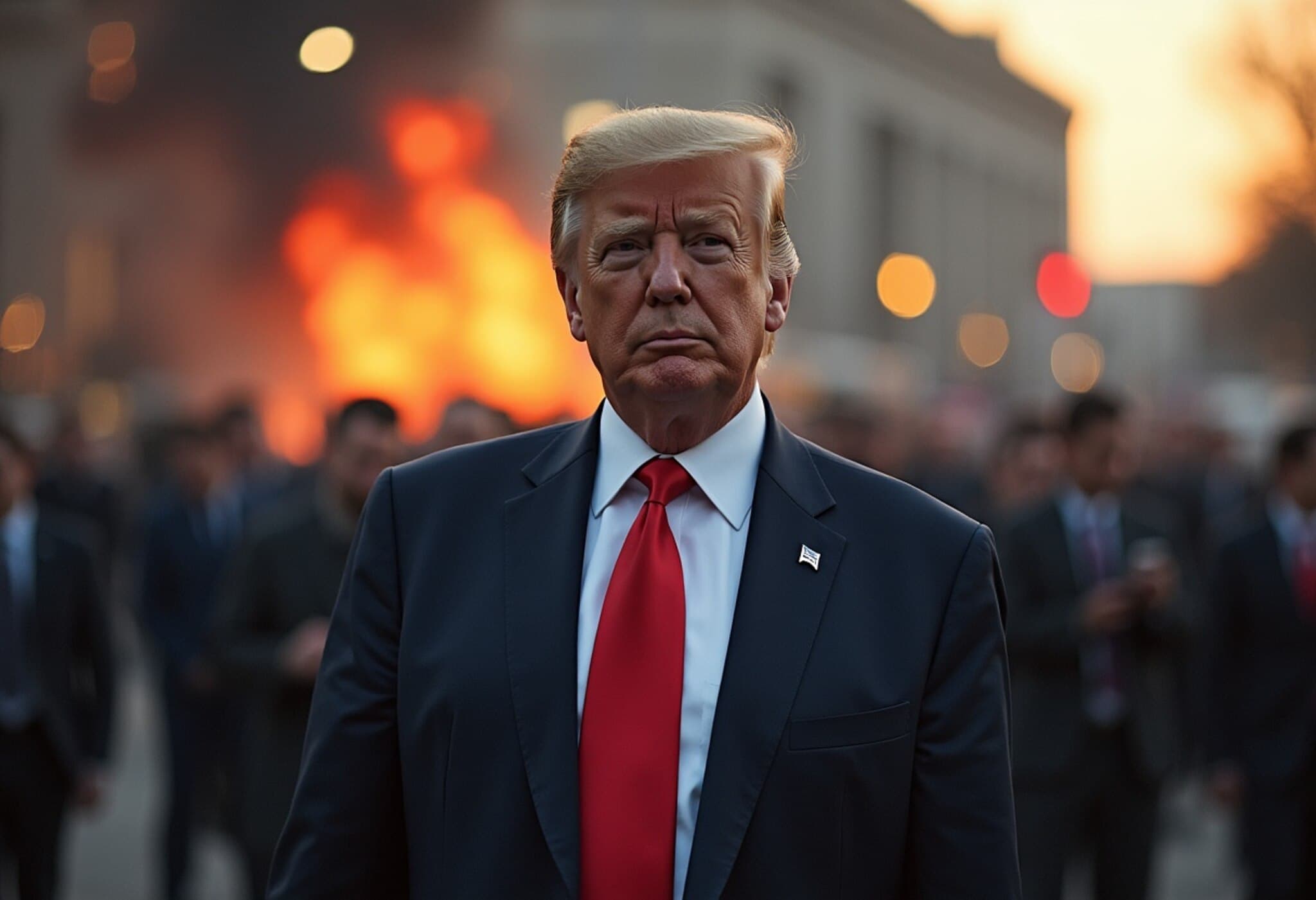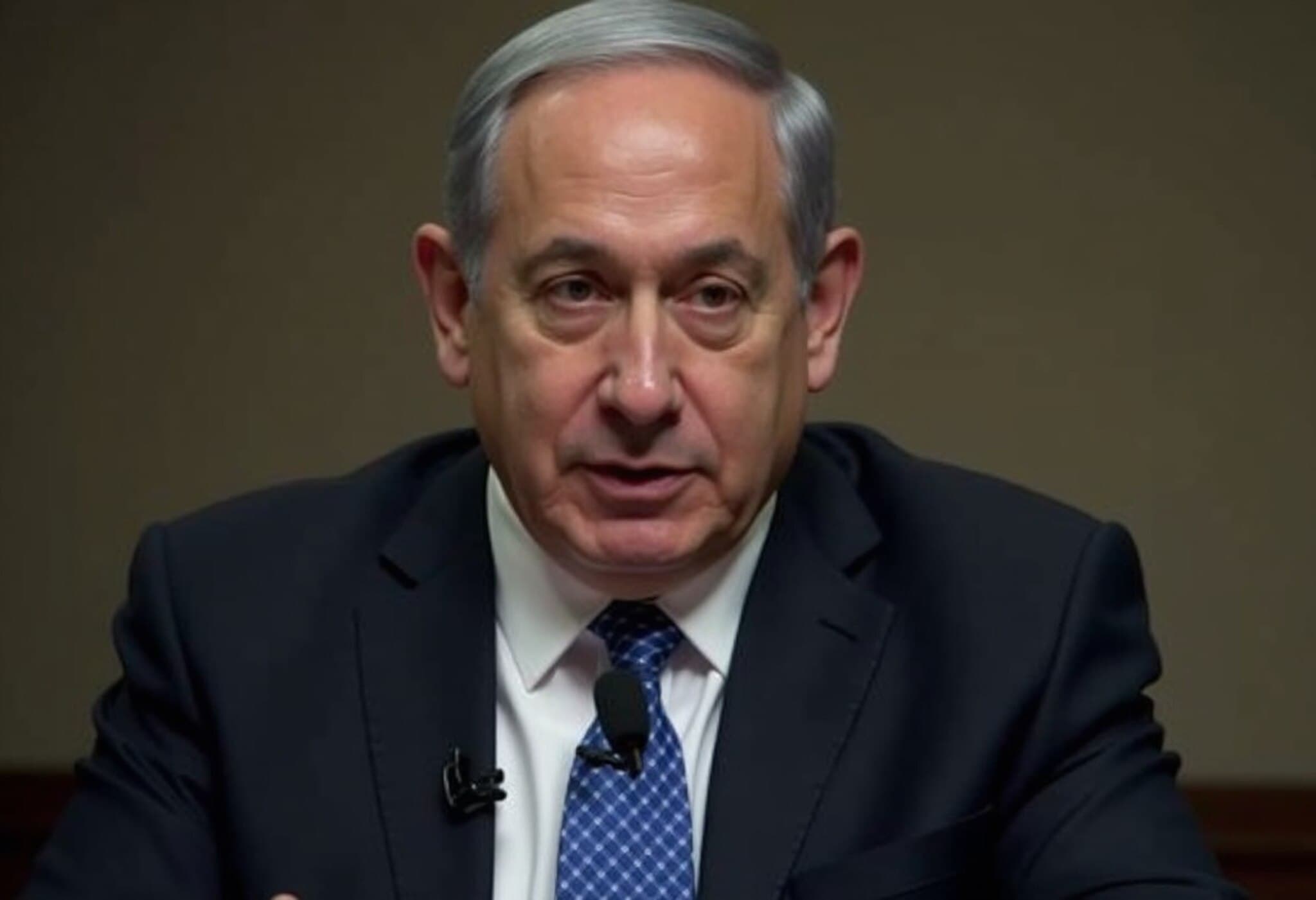The Roots of US-Iran Hostility
Decades of tension have defined relations between the United States and Iran, tracing back to pivotal events in the mid-20th century. The fraught relationship began deteriorating noticeably after the 1953 US-backed coup against Iran's democratically elected Prime Minister Mohammad Mossadegh and has remained strained ever since.
1953: The Overthrow of Mossadegh
In 1951, Iran's parliament nationalized its oil industry, removing British control. Western powers, particularly the US and UK, worried this would jeopardize global oil access and increase Soviet influence in the region. To protect these interests, the US orchestrated Operation Ajax in 1953, forcibly removing Mossadegh and reinstating the pro-Western Shah Mohammad Reza Pahlavi.
1979: Revolution and the Hostage Crisis
After years under the Shah’s authoritarian rule, widespread dissatisfaction culminated in the 1979 Iranian Revolution. Ayatollah Khomeini returned from exile to establish an Islamic Republic, plunging US-Iran relations into crisis. Later that year, Iranian students stormed the US Embassy in Tehran, taking 52 Americans hostage for 444 days. This event led the US to sever diplomatic ties and further entrenched animosity between the two nations.
Escalations Through Conflict and Covert Actions
1980-1988: The Iran-Iraq War and US Involvement
The decade-long Iran-Iraq War accelerated hostilities. The US, concerned about regional stability and oil security, tacitly supported Iraq despite its use of chemical weapons, largely ignoring international norms to counter Iran’s influence.
Covert Arms Sales Amidst Embargo
Though Iran was labeled a “state sponsor of terrorism” by the US in 1984, the Reagan administration secretly facilitated arms sales to Iran between 1981 and 1986. This controversial maneuver aimed to secure American hostages in Lebanon but was exposed in 1986, triggering the Iran-Contra scandal and further damaging trust.
1988: Tragic Downing of Iran Air Flight 655
In one of the darkest moments, the US Navy mistakenly shot down a civilian passenger plane over the Persian Gulf, killing 290 people. This incident deepened grievances and skepticism toward American intentions, despite subsequent US compensation.
Attempts at Diplomacy and Renewed Tensions
Late 1990s: Initial Engagement Efforts
The late 1990s ushered in a brief window of hope as Iran’s moderate President Mohammad Khatami signaled openness to dialogue. President Clinton proposed talks to bridge divides, but conservative elements in Iran and the US prevented meaningful progress.
Early 2000s: Nuclear Concerns and Hostile Rhetoric
In 2002, revelations about Iran’s undeclared nuclear facilities raised alarm bells internationally. Despite Iranian assurances, suspicions over potential weapons development hardened US positions. President George W. Bush’s “Axis of Evil” speech further strained relations, framing Iran as a direct threat.
2003-2006: Missed Opportunities for Dialogue
Iran made overtures to the Bush administration seeking talks on nuclear disarmament and regional security, but hardliners in both countries dismissed efforts. The election of Mahmoud Ahmadinejad in 2005, known for his confrontational stance, extinguished prospects for improved ties.
The 2010s: The Nuclear Deal and Renewed Hostilities
2015: The Iran Nuclear Deal
The Obama administration pursued direct diplomacy, culminating in the 2015 Joint Comprehensive Plan of Action (JCPOA). This agreement significantly limited Iran’s uranium enrichment in exchange for sanction relief. Although inspections confirmed Iranian compliance, President Trump’s 2018 withdrawal shattered the deal’s prospects.
2020: Killing of General Qassem Soleimani
In January 2020, the US killed Major General Qassem Soleimani, a powerful Iranian military figure. This action sparked retaliatory attacks on American bases in Iraq and intensified regional tensions, marking one of the most dangerous escalations in recent years.
Recent Developments and Continuing Challenges
2023: Middle East Turmoil
The October 2023 attack by Hamas on Israel triggered a forceful Israeli military response. Iran-backed groups like Hezbollah found themselves deeply enmeshed, maintaining the wider regional conflict and challenging US interests.
2025: Renewed US-Iran Nuclear Talks Disrupted
The early months of 2025 saw an attempt to revive nuclear negotiations under the renewed Trump administration. However, Israeli airstrikes on Iranian targets in June derailed progress, illustrating how regional actors continue to complicate diplomacy.
Conclusion
US-Iran relations reflect a complicated tapestry of political upheaval, ideological clashes, and strategic rivalry. While occasional diplomatic openings have appeared, longstanding mistrust and regional dynamics have consistently impeded lasting reconciliation. Understanding this history is crucial to grasping the ongoing challenges and the prospects for peace between these two nations.

